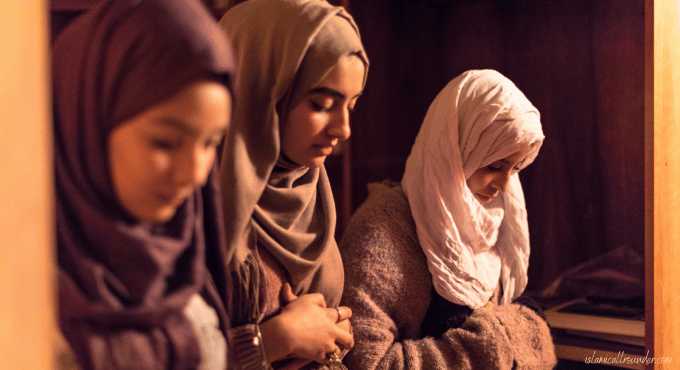Are you looking for how to pray in Islam for women? Nature has kept some characteristics equal in men and women and has kept some differences in others. Islam is the religion of nature. That is why some of his rulings are equal, and some are different. Where the difference is visible to everyone, every sane person thinks a better situation could not have been possible.
Praying is a fundamental aspect of a Muslim’s daily life, and for women, understanding the correct way to perform prayers according to Islamic teachings is essential. In this comprehensive guide, we will explore how to pray in Islam for women, focusing on the correct postures, recitations, and rules that must be followed to ensure that prayers are valid and meaningful. Whether you are new to Islam or looking to refine your prayer practices, this article provides a step-by-step approach to help women perform their prayers with devotion and sincerity.
Understanding the Importance of Prayer in Islam
Prayer, or Salah, is one of the Five Pillars of Islam, serving as a direct link between the believer and Allah. It is a spiritual practice performed five times daily, allowing Muslims to seek Allah’s guidance, forgiveness, and blessings. For women, praying is a religious obligation and a source of spiritual strength and personal growth.
Why is Prayer Important for Women in Islam?
For women, prayer offers a moment of reflection and peace amidst daily responsibilities. It reminds them of their faith and connection to Allah, providing them with the strength to navigate life’s challenges. Understanding the significance of prayer can enhance one’s worship experience, making it a more fulfilling practice.
How to pray in Islam for women’s
We have written the complete method of prayer for men and women with pictures; you must see it. How to pray in Islam step by step for beginners?
Here, we tell you at what point a woman should separate her style from a man in prayer. When a woman says Takbeer Tahrimah, she should raise her hands at shoulder level, as this will cover more of her veil. Likewise, when a woman performs the prayer, she should sit on her left side and extend both feet to the right side so that her veil remains in place.
In the same way, when a woman goes into prostration, she will not open her arms too much but keep them closed and touch her stomach to her thighs because this position is more veiled for her.
Difference between male and female prayer
Allama Shami has described in his book all the places of prayer in which the woman is against the man:
- A woman should raise her hands at the level of her shoulders during Takbeer Tahrimah
- Do not stick your hands out of your sleeves
- Tie hands under the chest
- Bowing less than a man in bowing
- It will not knot the fingers nor spread the fingers more but will keep them together
- The hands will be placed on the knees
- Will not bend in the knees
- Knees will join in bowing and prostration
- Spread the arms on the ground in prostration
- Sitting with both feet out to the right during Attahiyat
- A woman cannot lead a man in prayer
- If something happens in the prayer, clapping will be done to tell the imam. Subhan Allah will not say
- A woman will touch the tips of the fingers of the hands with the knees while sitting
Frequently Asked Questions (FAQs)
Can Women Pray in Congregation?
Yes, women can pray in congregation (Jama’ah) with other women. They can also pray in a mosque, but it is preferable to pray in a designated area that maintains privacy and comfort.
What Should a Woman Do if She Misses a Prayer?
If a woman misses a prayer due to sleep, forgetfulness, or another valid reason, she should perform the missed prayer (Qada) as soon as she remembers.
Can Women Lead Prayers?
Women can lead prayers for other women but should not for a mixed-gender congregation.
How Should Women Perform Sujood When Pregnant?
Women who are pregnant or facing physical difficulties can modify their postures during prayer to ensure comfort and safety. Sitting down or using a chair is permissible.
Is It Mandatory for Women to Wear a Headscarf During Prayer?
Yes, covering the head is a requirement for women during prayer. The headscarf should cover the hair, neck, and ears.
Conclusion
Learning how to pray in Islam for women is an enriching experience that strengthens faith and spiritual connection. Following the steps outlined in this guide, women can perform their prayers correctly and with complete devotion, fulfilling their religious obligations and finding peace and contentment in their worship. Remember, prayer is not just a ritual but a profound dialogue with Allah, offering guidance and comfort in all aspects of life.
Through understanding and practicing Salah correctly, women can ensure that their prayers are spiritually rewarding according to Islamic teachings.
These are some of the critical issues in which the prayer of a woman and a man will be distinguished. Besides, the way of performing the prayer is the same for men and women. At the beginning of the article, we shared the link to perform the whole prayer. You must check it; it will help you a lot.
